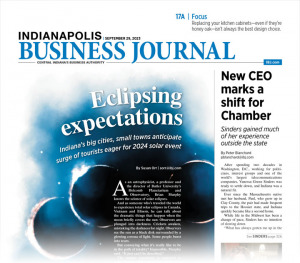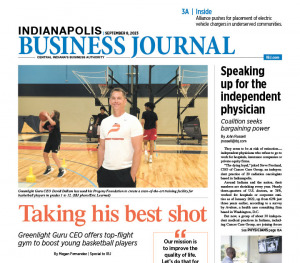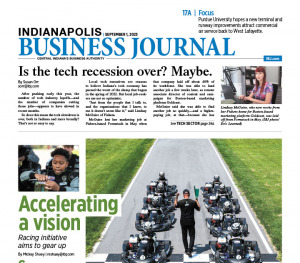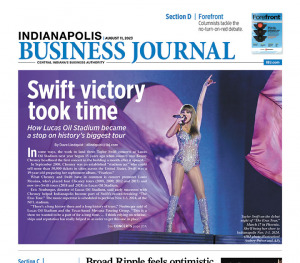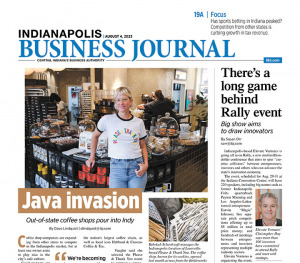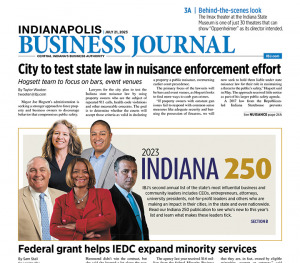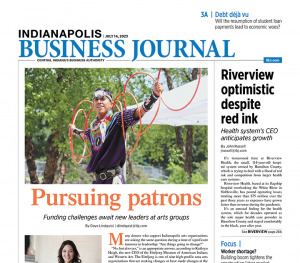
NOV. 10-16, 2023
How much money should hospital CEOs earn? In central Indiana, where high hospital prices and profits have come under the microscope, some consumer advocates are pointing to big executive pay packages and say the issue is ripe for review. John Russell has the story. Also in this week’s paper, Dave Lindquist has an accounting of the final set of grants from the Christel DeHaan Family Foundation, which is distributing its final $55 million. And Lesley Weidenbener reviews the distinguished career of former Purdue University President and Indiana Governor Mitch Daniels, this year’s recipient of IBJ’s Michael A. Carroll Award for impactful community service.






